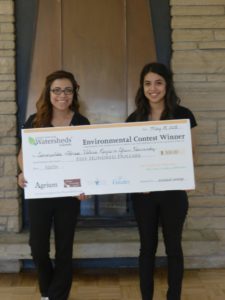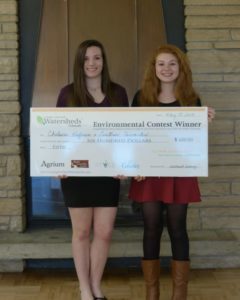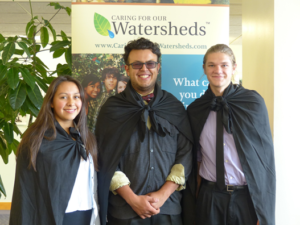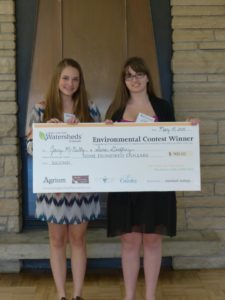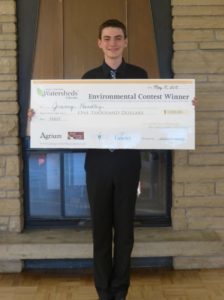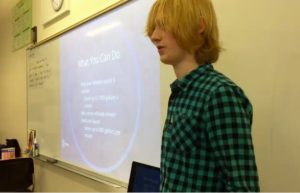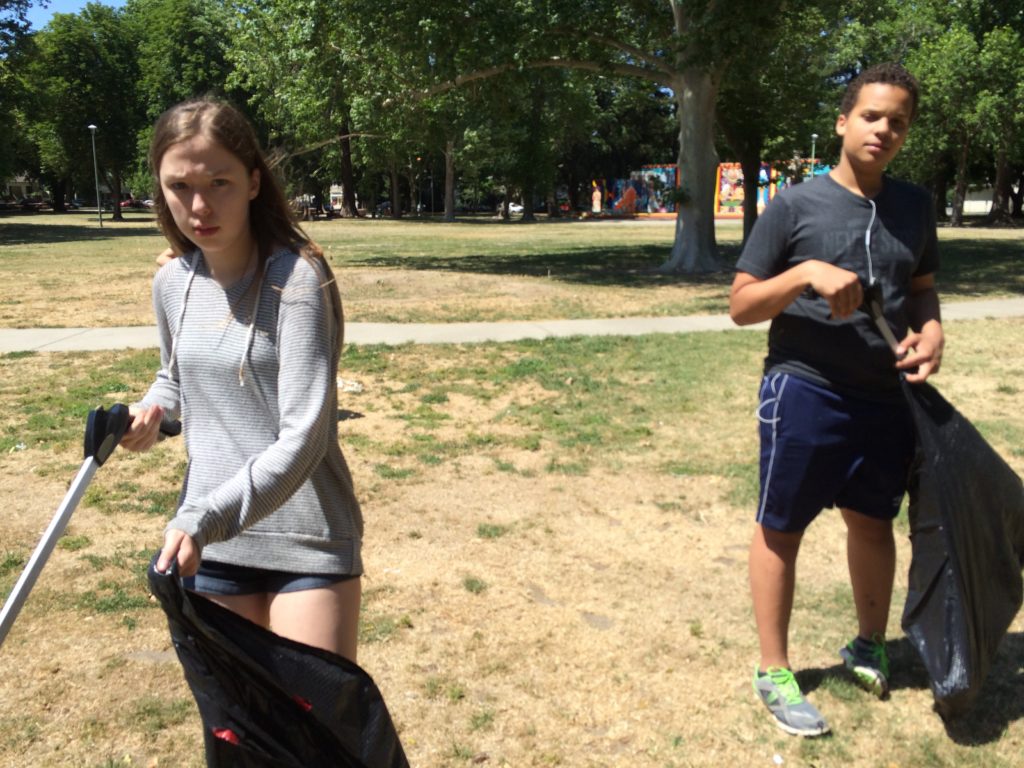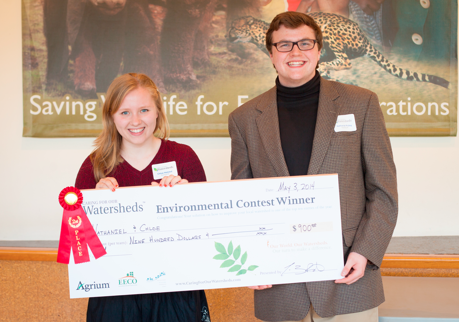2015 Greeley, Colorado, USA
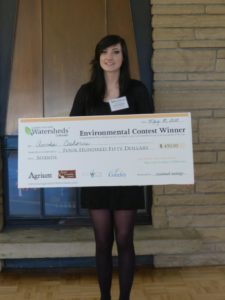 Your everyday products such as toothpastes, facial cleansers, and body washes have little pieces of plastic called polyethylene beads which are more commonly known as microbeads. So, what’s the big deal? Well these little microbeads are so small in diameter that they aren’t picked up in filters, and end up in rivers, lakes, and oceans. Ultimately, they line the bottoms of water bodies, killing and harming fish and other species along the way. The best way to end this is through education and knowledge; if people actually knew of the harmful effects, they would seek a more natural alternative.
Your everyday products such as toothpastes, facial cleansers, and body washes have little pieces of plastic called polyethylene beads which are more commonly known as microbeads. So, what’s the big deal? Well these little microbeads are so small in diameter that they aren’t picked up in filters, and end up in rivers, lakes, and oceans. Ultimately, they line the bottoms of water bodies, killing and harming fish and other species along the way. The best way to end this is through education and knowledge; if people actually knew of the harmful effects, they would seek a more natural alternative.
Education can be a small scale implementation but can quickly become a larger scale. Through social media we can support banning of microbeads, plus having anyone switch to an alternative could help on an individual by individual basis; every person that switches will make a difference. Just think, only one of Neutrogena’s “Deep Clean” contains thirty-six hundred thousand microbeads – one less tube in our water system would make a difference.

